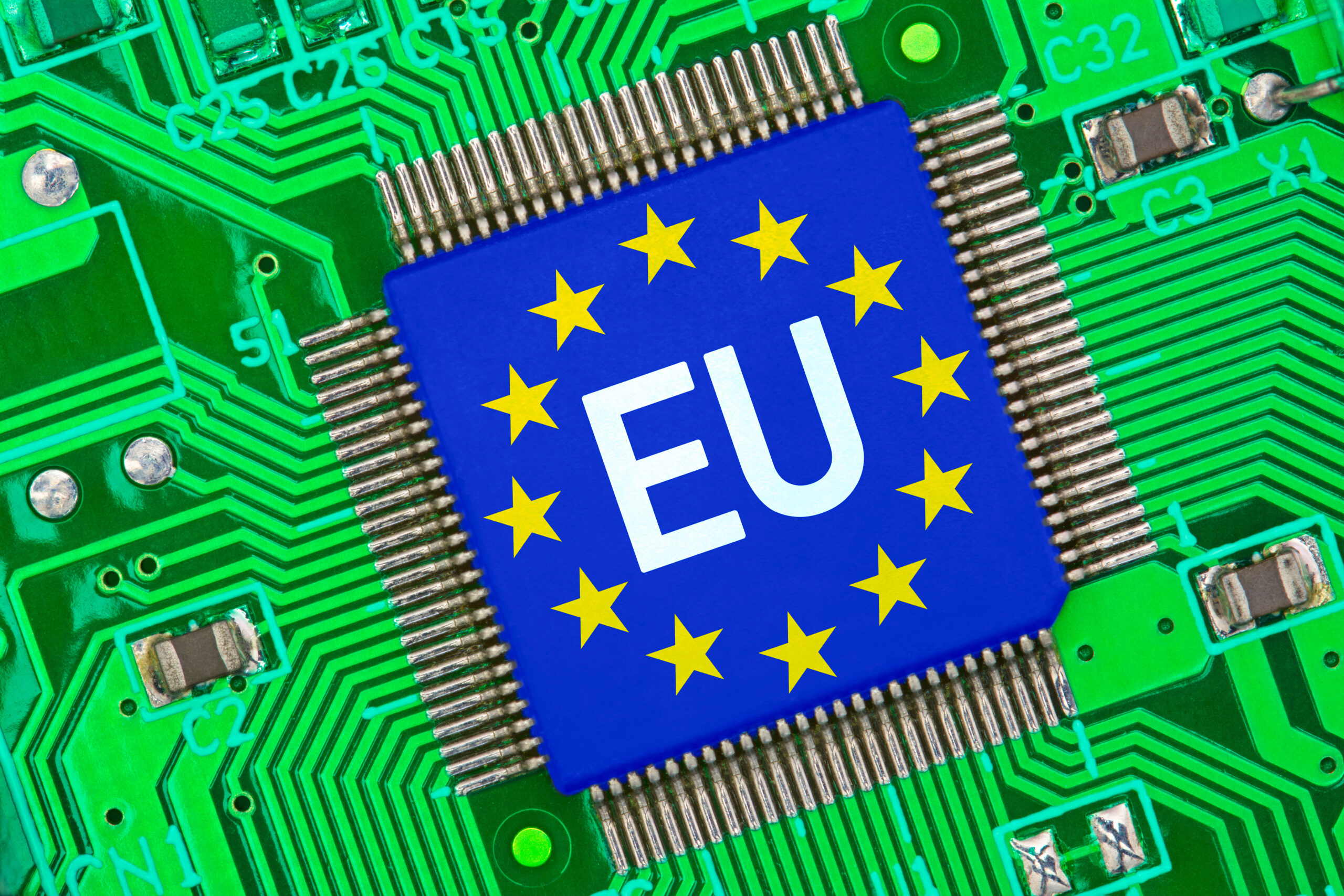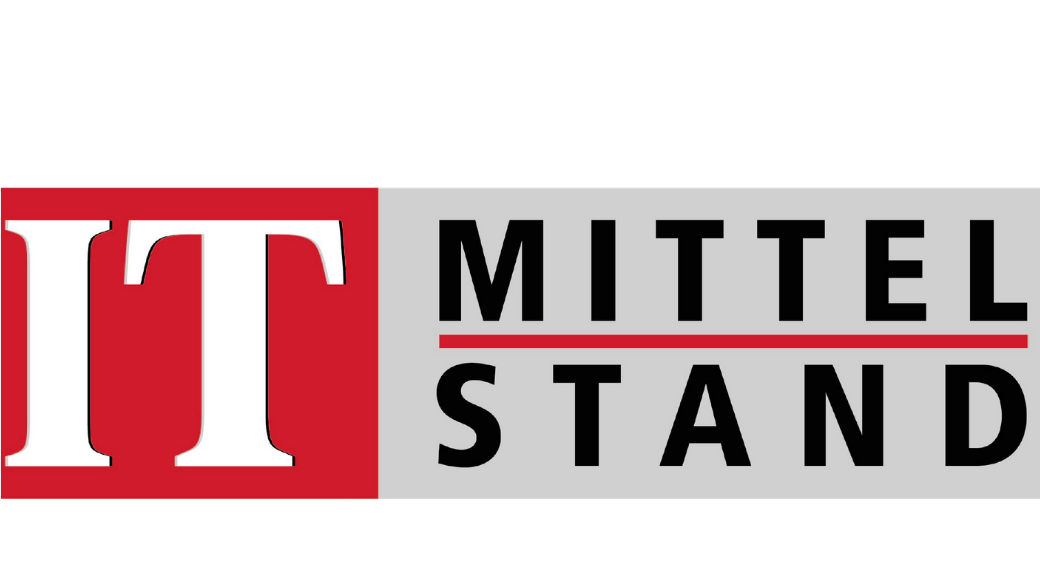In the May issue of Funkschau, we explain how companies can become more sustainable and which measures make sense.
Read moreSustainability in data centres
Ecological and economic benefits
Sustainability concepts for data centres should not be limited to cutting electricity consumption. A new EU eco-design regulation that has come into force is creating new possibilities to handle resources responsibly – and securing economic benefits at the same time.
Sustainability in data centres is all too quickly reduced merely to energy efficiency or to “green” electricity. But sustainability is a much more comprehensive concept that allows ecological requirements to be combined with social and economic requirements.
New standards for ecological and corporate responsibility are currently being set. Sustainability has become a tangible competitive factor. In addition to positive effects on the corporate image, customer loyalty and employee recruitment, it also creates competitive advantages for tenders and award procedures. But alongside the electricity supply what factors should be taken into account in a sustainability concept for data centres?
Start with the life cycle
It is worth taking a look at the life cycle of the hardware used. Manufacturing servers and storage systems needs valuable raw materials, such as wolfram, coltan and rare earths. Serious social and environmental requirements very rarely apply to the mining of these substances. Producing equipment requires electricity, water and chemicals. Raw materials, components and end products travel around the globe in diversified supply chains – with the corresponding emissions. When equipment is decommissioned, the challenge is to dismantle it properly, recover raw materials and to dispose of as little material as possible.
Duration of use as an effective parameter
When considering the life cycle of IT equipment, one effective approach to sustainability is literally too short – the duration of use before hardware is replaced by new equipment. Every new purchase avoided has a sustainable effect. Although the period of time until replacement by more powerful hardware cannot be put off indefinitely, hardware is frequently exchanged long before it is technically necessary (in performance terms). The reason for this is the end of service life (EOSL) after three to five years of use, which is set by the manufacturers. However, data centre hardware can be used for much longer without any loss of performance. In a study produced by Technogroup IT-Service GmbH in 2019/2020, almost 60 per cent of those surveyed stated they used data centre hardware for up to 10 years or longer. Despite one worry. Previously, after the ESOL companies mostly had to conclude expensive maintenance agreements with the manufacturers or do without security and firmware updates. But this has changed, or will now.
Once the European “Ecodesign” Regulation No. 2019/424 came into force in March 2021, companies no longer had to rely on long-term maintenance agreements with manufacturers. The aim of the regulation is to extend the period of use of hardware. It demands much improved repairability and retrofitting capability for new server models. Above all, it obliges manufacturers to provide their equipment with security and firmware updates for longer. What this means in concrete terms is that
“[…] the latest available version of the firmware […] must be provided for a period of at least eight years after the last product of a certain product model was placed on the market, free of charge or at fair, transparent and non-discriminatory costs […]”.
The last firmware version available will even be provided free of charge. Although the regulation allows for some exceptions, it should apply to 80 to 90 per cent of the devices used in data centres.
Not just protecting the environment but budgets too
An extended period of server use will also help companies to cut costs. Directly, because the cycle until an investment in new hardware is made can be significantly extended. Indirectly, because it makes companies less dependent on maintenance provided by manufacturers. If firmware is freely available, cooperating with a third-party maintenance (TPM) provider will become more attractive. According to a study carried out by Gartner, this offers potential savings of up to 70 per cent, including due to more favourable contractual conditions and less administrative effort. TPM providers are able to offer maintenance for hardware from all common manufacturers from one source.
In addition, TPM providers also maintain refurbished hardware. Not only is procuring professionally prepared and quality-assured equipment up to 50 per cent cheaper than new ware – the “second life” of used hardware makes a huge contribution to the sustainable use of resources into the bargain.
The complete EU Regulation 2019/424 can be found on the EUR Lex servers.
Subscribe to our newsletter
Press contact
Would you like to receive more information as a representative of the press and media?
Find out more nowVerwandte Beiträge
IT departments will benefit from EU regulation from now on
Now is the chance for companies to make their data centres more ecologically and economically sustainable.
Read moreRenting refurbished hardware instead of buying
Many companies wish to use their IT budget as effectively and flexibly as possible. The financing of cost-effective refurbished hardware coupled with the savings potential of TPM is the trifecta to fulfil this wish.
Read moreAgainst the chip shortage and for more sustainability
In this article in the German trade magazine IT-Mittelstand erläutern we explain the advantages of refurbished hardware in times of sustainability and chip shortage.
Read moreCircular economy as the joker in the pack for sustainable data centres
Now is the chance for companies to make their data centres more ecologically and economically sustainable.
Read moreSustainability & cost-effectiveness go hand in hand
CEO Klaus Stöckert explains the possibilities of the new EU Regulation 2019/424 for companies in “IT-Mittelstand”.
Read more


